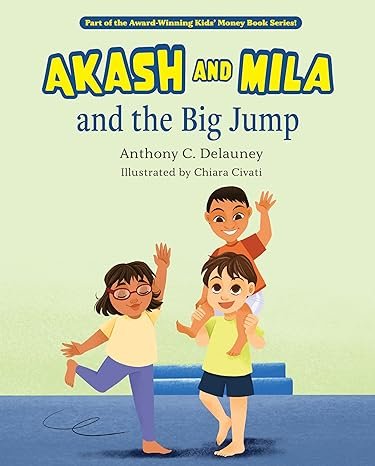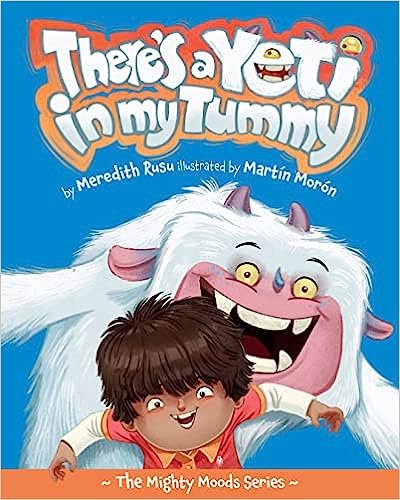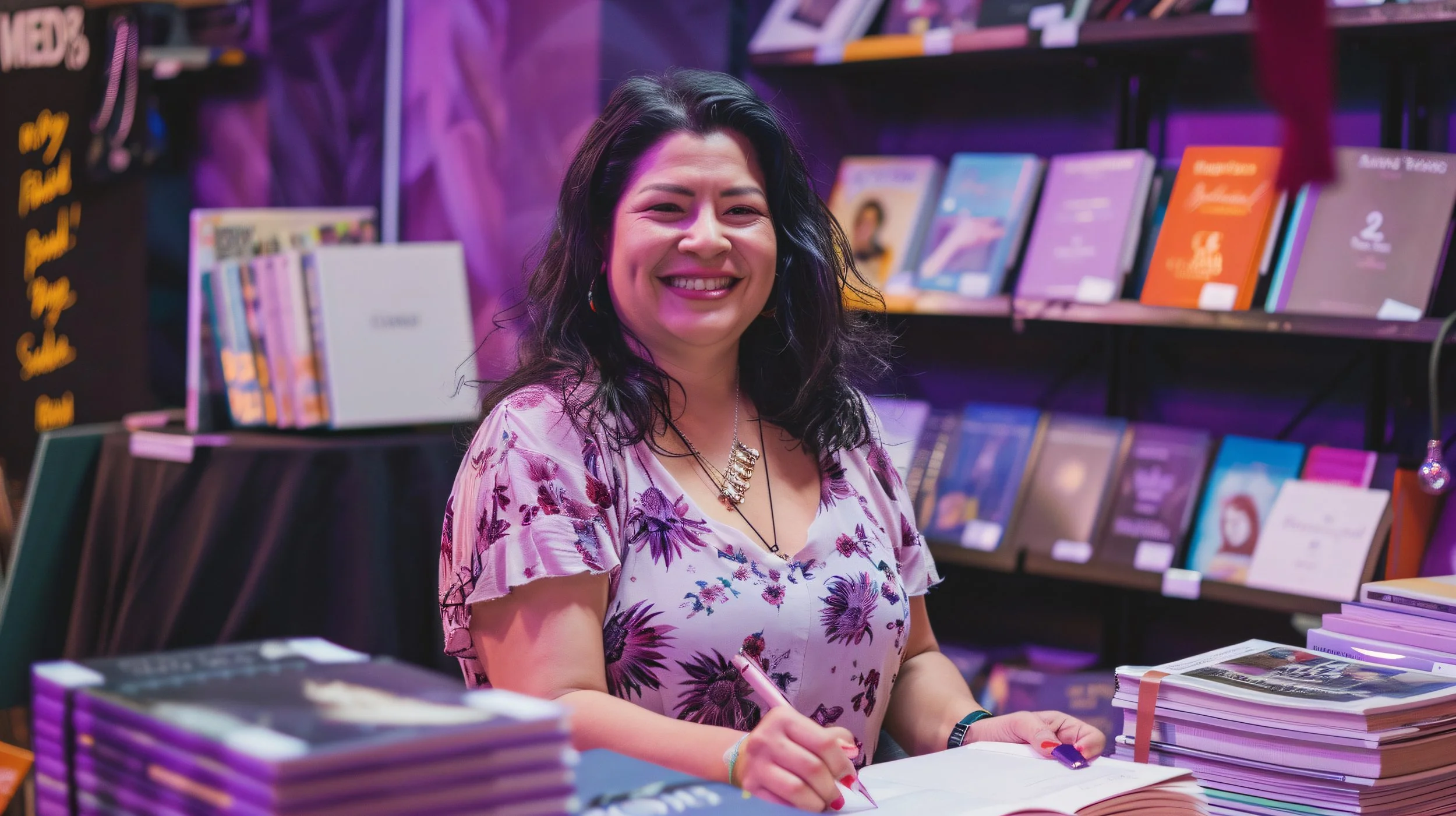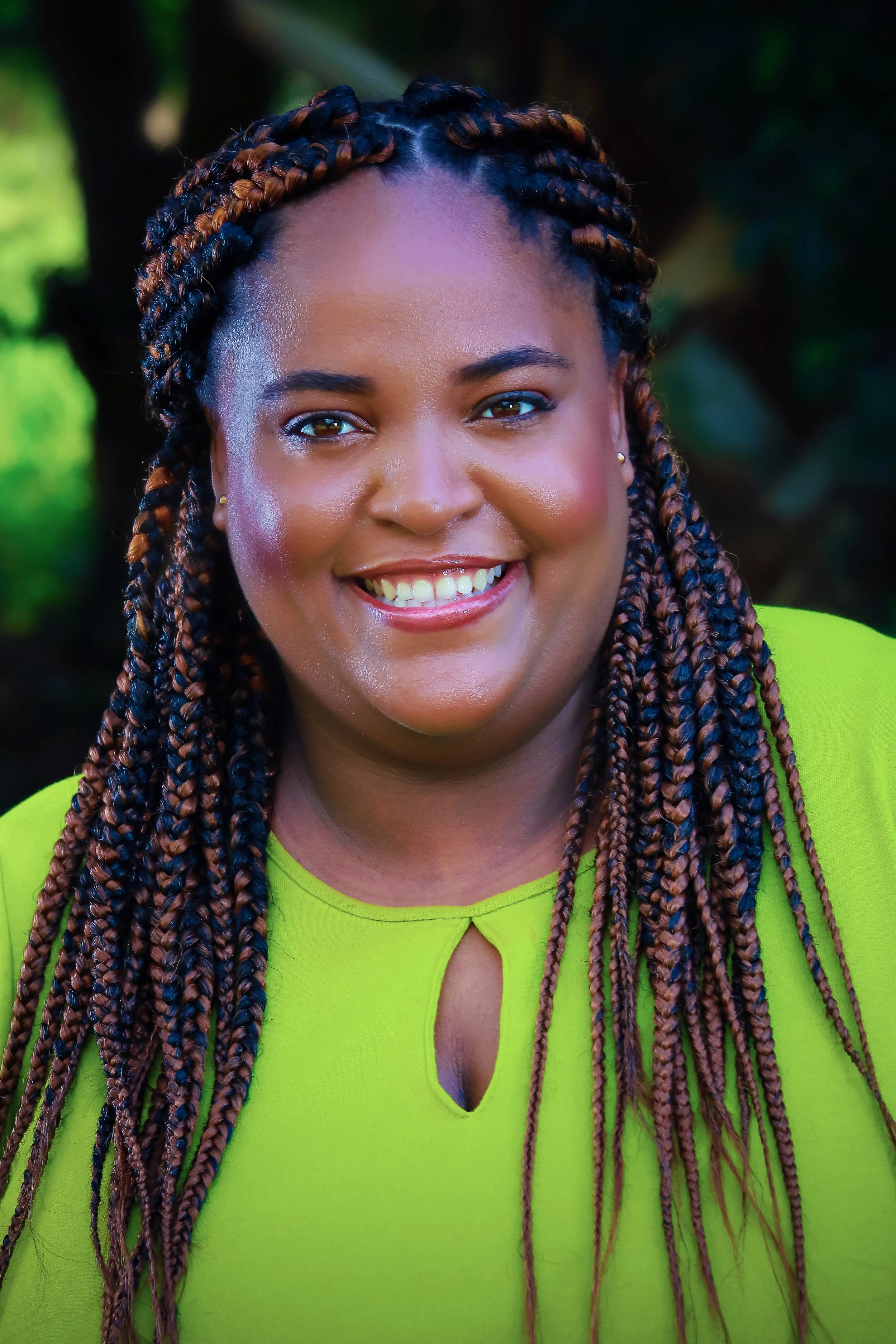Q&A with Tim Quigley
/
When did you first realize that you wanted to be a writer?
I first aspired to write in my teenage years when I really developed a love for reading on my own, aside from school assignments. I devoured all of Stephen King’s early works and lo ved the horror, mystery, and suspense genres. However, I was introduced to the classics as part of my studies, and the masters of the short story really caught my attention: O’Henry, Jackson, Hemingway, Fitzgerald, etc. I was enthralled by these slices of life, captured like poignant Polaroid snap shots that, despite their brevity, immersed the reader in captivating tales with remarkably complex characters.
As a writer who has been praised for your short stories, what do you think makes a good one?
A good story is one that takes the reader somewhere they have never been, even if that is only a glimpse beneath the surface of a place with which they are quite familiar. Perhaps this is a peek into the mind of a person who is contemplating something we have all thought or of which we are already aware, but the writer brings us to another level of awareness.
Tell me about your latest, Kissing the Hag? I've read you are currently working on a film adaption?
Hag actually came from two short stories that I was working on: one was about this kid who was living in the city and there was an old alcoholic woman who lived in the neighborhood whom everyone regarded as crazy because she was always talking about angels, and to them when she was drunk and on the streets. He was fascinated, and would talk to her, and about her angels, all the time… Then there was another story with this guy who was working the graveyard shift at a shelter. His life had come to a standstill via some existential crisis, I wasn’t sure what, and he got it moving again through his experience on one particular night. Both stories were at a crossroads and lacked something, so I made the old alcoholic woman a bag lady at the shelter. I still needed the crisis, and I ruminated over a divorce or death of a parent, but neither had ever happened to me. My brother had taken his life but I felt that using that would be exploiting something that was deeply personal and painful, until another more experienced and wiser writer told me to “Exploit with a vengeance! It’s what writers do. We use what know. Exploit away, my friend.” But I did not want it to be an autobiography, either, so I had the protagonist learn lessons that I already knew. I didn’t do anything that he does in the book such as leaving his job and cutting himself off from friends and family, but I did work the nightshift in a shelter when I was in undergrad in the 1980’s, and my brother did kill himself. But my life did not come to a standstill at that time. Instead, I was catapulted forward. And this also gave me distance from him as a character, and a wider perspective.
Everyone has a story. Are your stories personally inspired or if not, what inspires each one written?
Usually, my stories are rooted in some sort of actual observation or experience. I am moved by a particular event or internal response that speaks to me as a revelation of sorts. These always seem to tap me on the shoulder and beg to be turned into a “moment’ in fiction: one of those times when the surface is lifted and we get a peak beneath…
Who is your favorite author and what is it that strikes you about their work?
I have too many to name a favorite, but gravitate toward literary fiction. Aside from some of the classic writers I mentioned earlier, I am a big fan of Michael Cunningham, David Leavitt, and David Sedaris. They are all of my generation. The first two simply write exceptionally well; Cunningham is a magician with prose, and Leavitt is a master at lifting back that proverbial curtain on average American lives. Sedaris is so very talented as well, but he makes me laugh out loud wherever I am reading his work.
What do you like to read when you aren't writing?
Pretty much the same, though I am a news junkie. I used to subscribe to a few magazines and newspapers, but now I get everything online and on my smartphone.
What advice would you give aspiring writers?
Write. Just write. And share your work with other writers instead of sticking it in a folder and wondering for months, or even years, if it is any good. It is important for writers to listen to every reader, but other writers are paramount for the caliber of feedback to take back to your desk for revisions. And remember that revising your work is not a punishment, but part of the process. The best ideas usually come from revision.
About the Author
Timothy Quigley’s award-winning stories have appeared in the Chariton Review, Line Zero Journal of Art and Literature, La Ostra Magazine, Writer’s World as well as online publications. He is a script writer for CIDLabs LLC and is currently working on two short films: one animated, and the other a live action adapted from his short fiction. His novella, Kissing the Hag, was released by Pixel Hall Press in November 2015.
He lives in Salem, Massachusetts and teaches writing at Salem State University and Wentworth Institute in Boston

































































